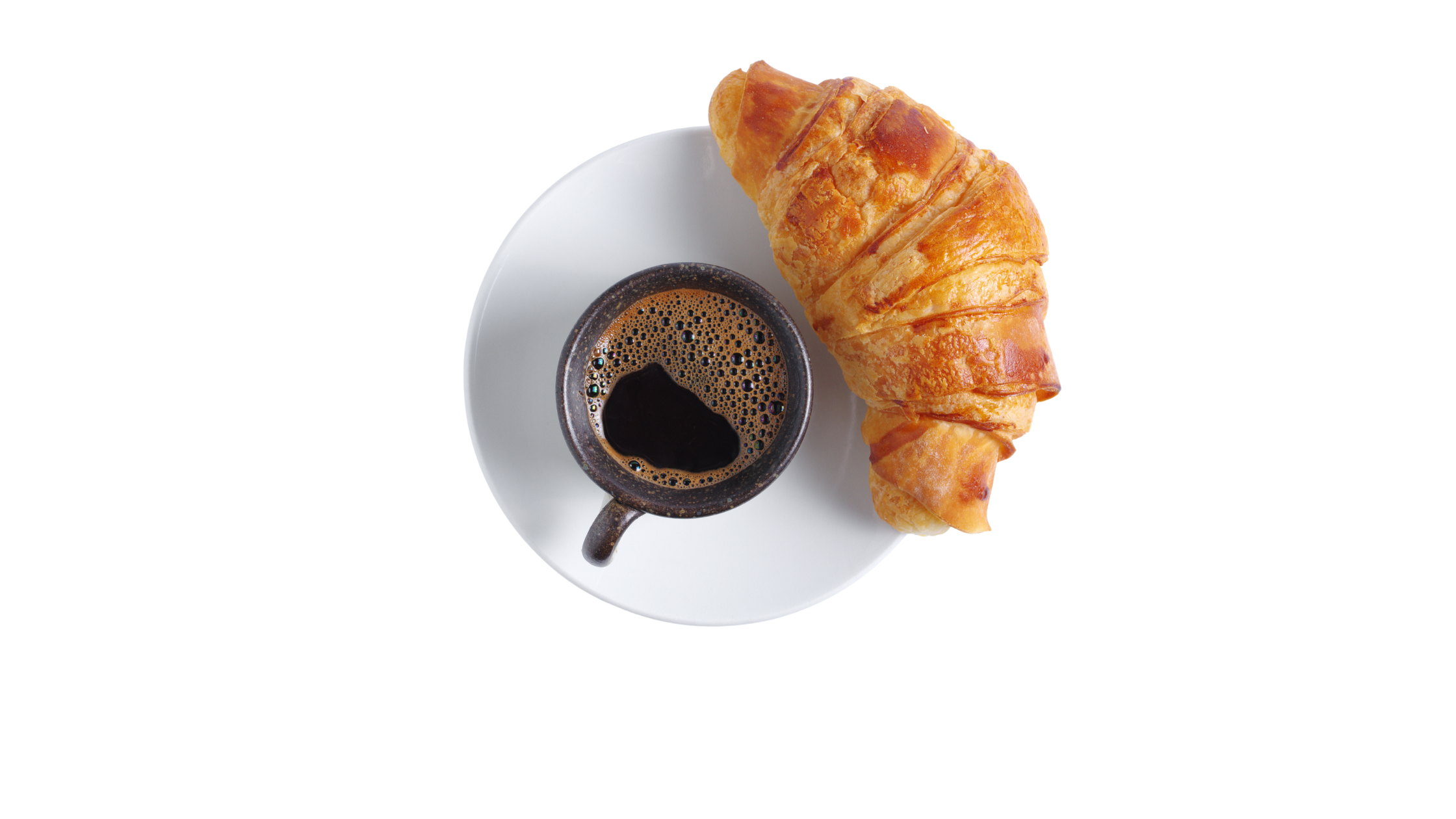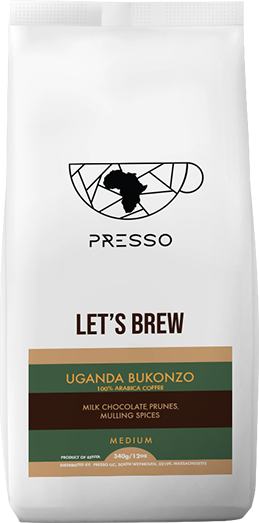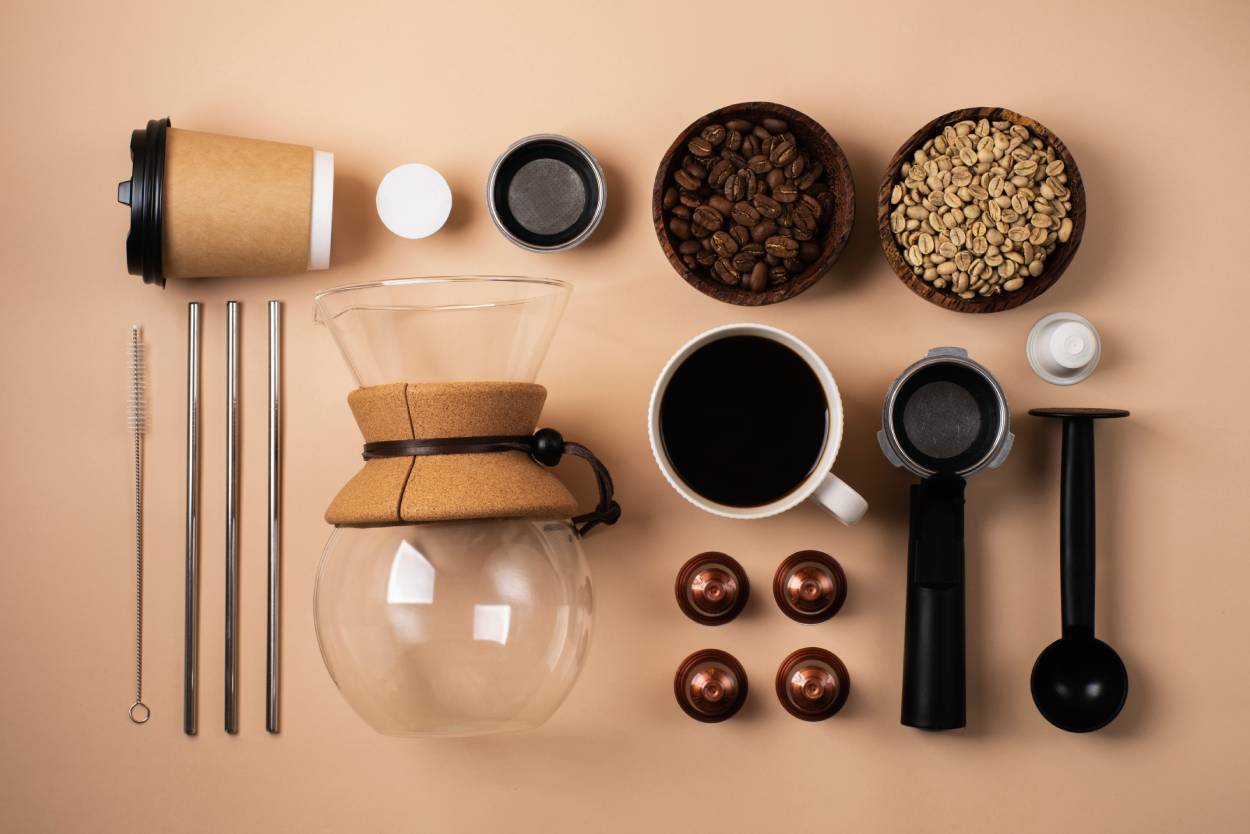
What Is Coffee Bloom and Why Does It Matter for Your Brew?
Table of Contents
- 🌱 What Is Coffee Bloom?
- 🧪 The Science Behind It
- ☕ Why Blooming Is Important
- 🛠 How to Bloom Your Coffee (Step-by-Step)
- 1. Use Fresh Coffee
- 2. Weigh and Grind
- 3. Boil and Cool Water
- 4. Pre-wet the Filter (for pour-over)
- 5. Pour a Small Amount First
- 6. Wait 30–45 Seconds
- 7. Continue Brewing
- 🧠 Pro Tips for Better Bloom
- 🌍 Is Bloom Visible in All Brew Methods?
- 🏁 Final Thoughts
What Is Coffee Bloom and Why Does It Matter for Your Brew?
- Adam Smith
- 08-05-2025
- 23-07-2025
- 786 views
- coffeepedia

If you’ve ever poured hot water over freshly ground coffee and noticed it puff up and bubble, you’ve witnessed the magical moment known as the coffee bloom. But what exactly is it—and why should you care? Whether you’re a casual drinker or a brewing enthusiast, understanding the coffee bloom can dramatically improve the flavor of your cup.
🌱 What Is Coffee Bloom?
Coffee bloom is the rapid release of carbon dioxide (CO₂) from coffee grounds when they come into contact with hot water. It’s most noticeable during manual brewing methods like pour-over, French press, or Aeropress, but it happens during any brew.
This foaming reaction is a sign that your coffee is freshly roasted. The fresher the beans, the more CO₂ they contain, and the more pronounced the bloom.
🧪 The Science Behind It
When coffee is roasted, CO₂ builds up inside the beans. After roasting, beans begin to “degas,” or release this gas slowly over time. However, when you grind the beans and introduce hot water, the remaining CO₂ escapes rapidly.
This reaction forms the bloom—those bubbles you see rising to the surface.
If there’s little or no bloom, chances are your coffee is either stale or over-degassed.
☕ Why Blooming Is Important
The bloom isn’t just a pretty show. It plays a key role in how your coffee tastes. Here’s why:
-
Trapped CO₂ can repel water and prevent even extraction
-
Releasing gas before full brewing allows water to properly saturate the grounds
-
This leads to a cleaner, fuller, and more flavorful cup
Skipping the bloom can result in a cup that tastes sour, uneven, or flat.
🛠 How to Bloom Your Coffee (Step-by-Step)
If you’re brewing manually, blooming is simple. Here’s how to do it right:
1. Use Fresh Coffee
The bloom is most dramatic with coffee roasted within the last 2-3 weeks.
2. Weigh and Grind
Use a burr grinder for an even grind. Aim for a medium-coarse texture for pour-over.
3. Boil and Cool Water
Bring water to a boil (about 200°F or 93°C) and let it cool for 30 seconds.
4. Pre-wet the Filter (for pour-over)
Rinse your paper filter with hot water to remove any papery taste.
5. Pour a Small Amount First
Pour just enough water (about twice the weight of your coffee) to saturate all grounds evenly. This initiates the bloom.
6. Wait 30–45 Seconds
Let the coffee bubble and puff up. You’re watching the CO₂ escape.
7. Continue Brewing
After the bloom settles, continue pouring the rest of your water in slow, steady circles.
🧠 Pro Tips for Better Bloom
-
Use a gooseneck kettle for better control when pouring
-
Stir gently after the bloom for an even extraction
-
Don’t skip the timer—consistency is key in brewing
🌍 Is Bloom Visible in All Brew Methods?
While bloom is most visible in pour-over and French press methods, it’s present in all brewing to some degree. Espresso, for example, releases CO₂ as part of the crema layer.
But in automatic drip brewers, you may not see the bloom, which is why they often produce less vibrant flavors.
🏁 Final Thoughts
So, what is coffee bloom? It’s not just a visual cue—it’s a crucial part of the brewing process. Blooming your coffee ensures proper extraction, fuller flavor, and a smoother cup every time.
Whether you’re using a Chemex, V60, or French press, giving your grounds a few extra seconds to bloom can transform your brew from average to exceptional.






















